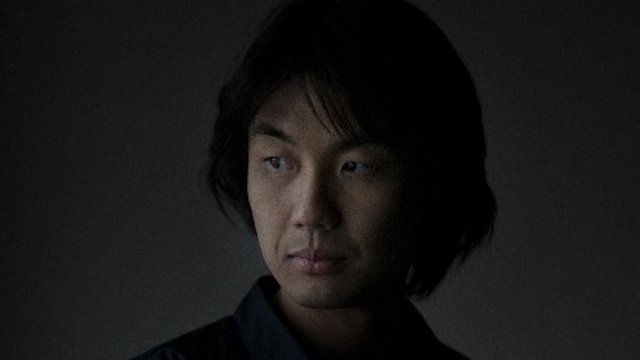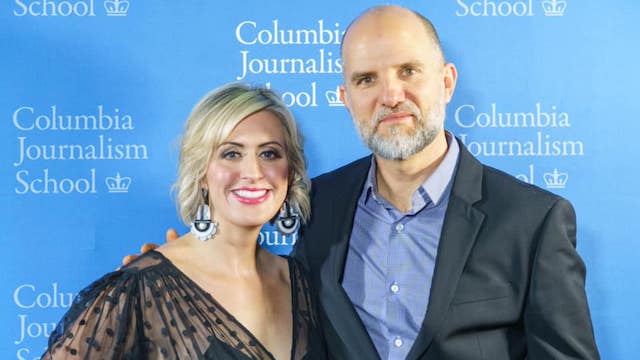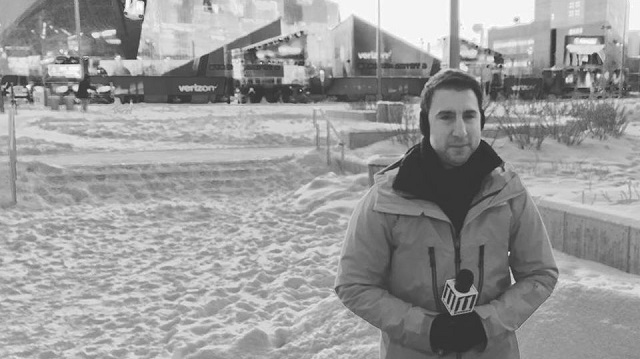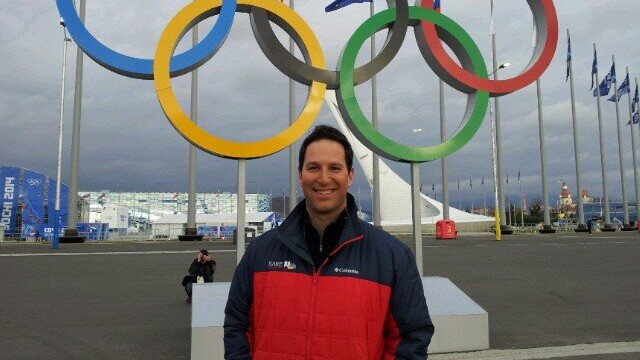I landed last night from the Twin Cities wondering how I would answer a frequently asked question:
“What’s it like covering the Super Bowl?”
I never know how to answer, because a week at the Super Bowl brings experiences that seem so detached from each other.
Covering the Super Bowl means arriving in Minneapolis, stopping at the hotel, and driving immediately to the Mall of America. As a tourist I had never felt compelled to visit this seven-stadium-sized monstrosity. On this trip it hosted the main media workspace, so it became a hub of press conferences, interviews, and live shots. I ate six meals there in eight days.
Covering the Super Bowl means developing on-the-fly routines to keep track of equipment. At home I lean on muscle memory; on the road I quickly formed mental checklists so I didn’t lose any of the cameras, microphones, and accessories that filled two checked bags and a carry-on. (I did lose a pair of a headphones, but I have made peace with that.)
Covering the Super Bowl means using public spaces for critical business. I sought shelter at a nearby Starbucks between sub-zero live shots outside US Bank Stadium. I interviewed a major Atlanta official in the lobby of a Doubletree in Minneapolis. Two days later I used the dining room of a Doubletree in St. Paul. And I wrote and edited several stories from the comfort of my hotel bed.
Covering the Super Bowl means having in-the-room access to company heads, billionaires, and even the NFL commissioner … and noticing the force field of PR reps and media relations workers surrounding each one.
Covering the Super Bowl means attending the press conference for Justin Timberlake’s halftime show and realizing the loose definition of “press”. One entertainment reporter led the room in singing “Happy Birthday”. An ensuing entertainment reporter regretted she couldn’t top such a performance. Timberlake took ten questions, none of which posed controversy and all of which seemed pre-screened to prevent it.
(more…)



